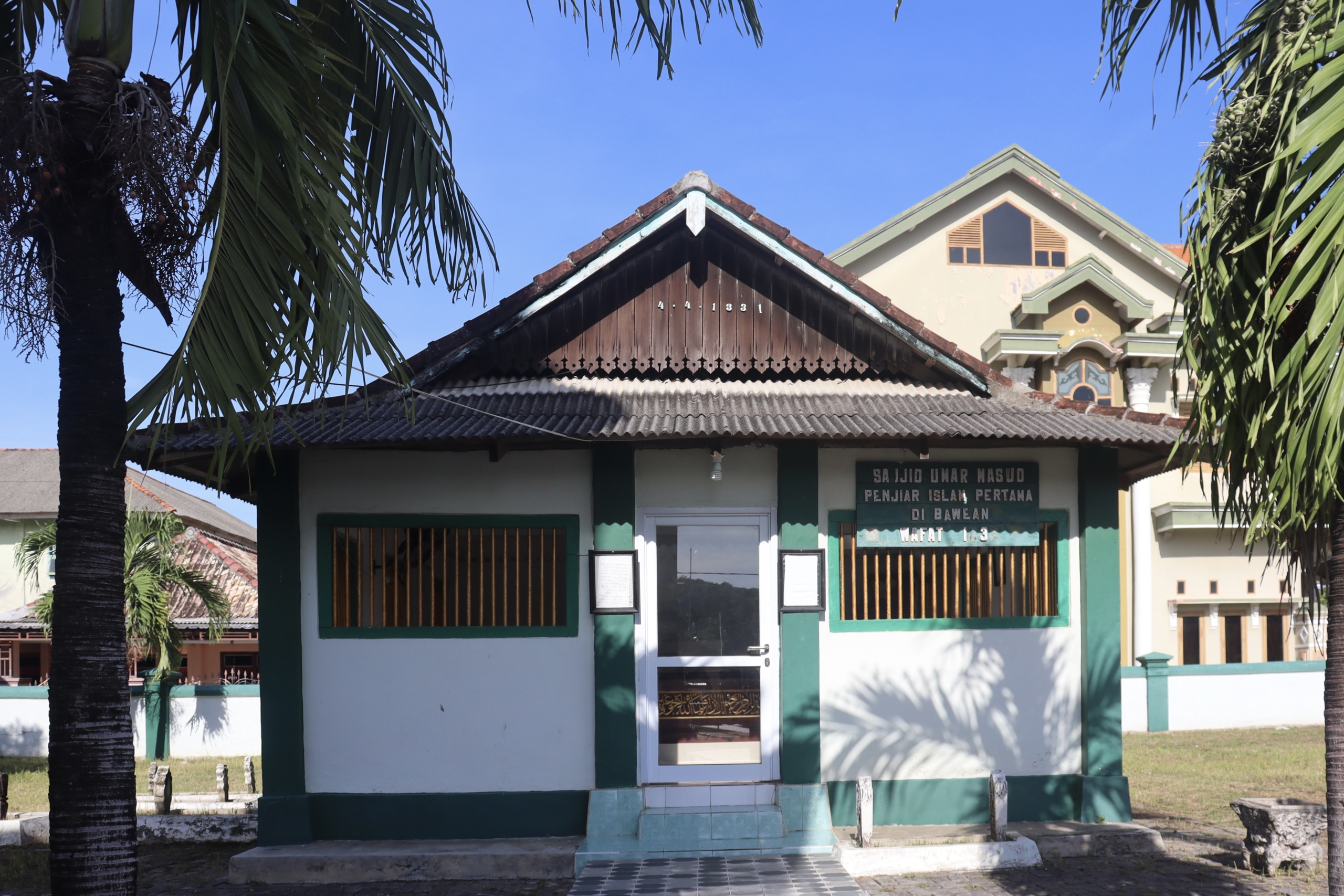Part 2: A Brief Overview of Bawean Island
It is not easy to obtain accurate information about the origins of Bawean, which is located 152 kilometers north of Gresik Regency in East Java Province. There are several versions of various information circulating online. I have attempted to gather bits and pieces from here and there, including from local sources.
Beliefs of the Bawean People
In a paper titled Konstruksi Identitas Budaya Bawean (The Construction of Bawean’s Cultural Identity), Tri Joko Sri Haryono from the Department of Anthropology, Faculty of Social and Political Sciences, Airlangga University, Surabaya, writes that the indigenous Bawean people initially adhered to animistic beliefs. Later, the influence of Hinduism and Buddhism entered. Remnants of these Hindu and Buddhist influences can be found in the village of Sidogedungbatu, on the eastern part of Bawean Island. “The remains of the statues have been taken to Gresik for research,” said M. Salim, the 54-year-old Head of Diponggo Village. According to him, many of these artifacts were damaged because the local people did not understand their significance.
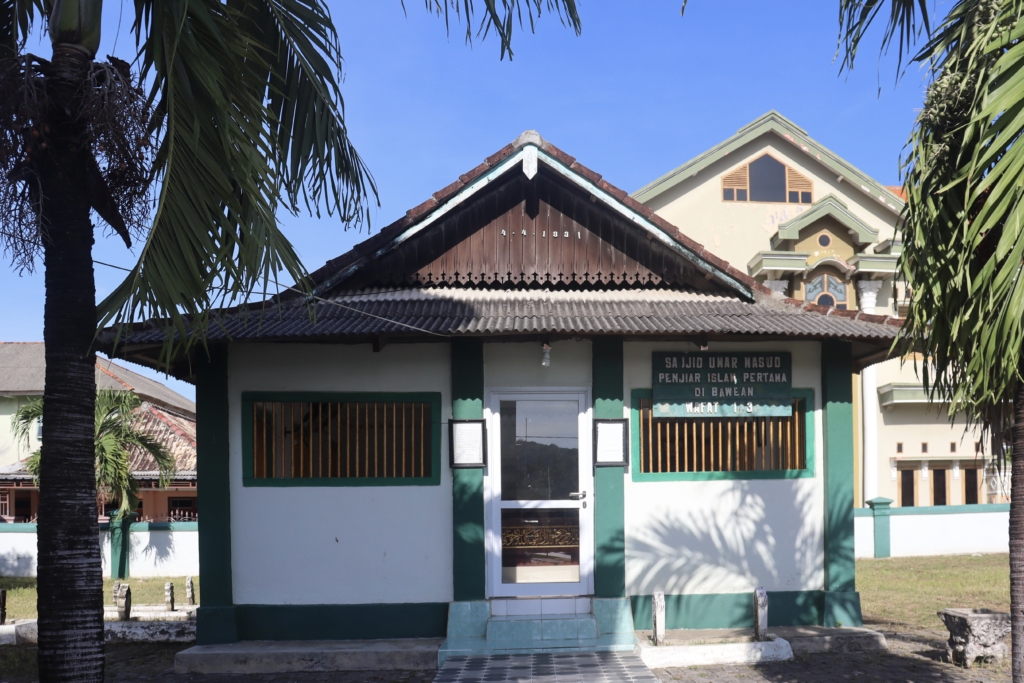
Tomb of Umar Mas’ud, Sangkapura, Bawean
It is also generally known that Islam was introduced to Bawean Island by Syekh Maulana Umar Mas’ud, the grandson of Sunan Drajat (Raden Syarifuddin or Raden Qosim). Syekh Maulana Umar Mas’ud’s original name was Pangeran Parigi. Initially, he came to Madura Island with his brother, Pangeran Segara, to spread the teachings of Islam. While Pangeran Segara settled in Madura, Pangeran Parigi continued to sail north to Bawean Island in the 16th century. He landed in a village in the southwest part of the island, which is now called Komalasa. At that time, Bawean Island was ruled by King Babilalono. Upon his arrival, Umar Mas’ud first approached the people of Bawean Island, and he was relatively well received. However, King Babilalono saw him as a threat or enemy.

Therefore, the king challenged him to a duel of supernatural powers. “The loser must adopt the religion of the winner in the contest of powers,” said Ustaz Ending, a nickname for Raden Aminuddin, who is active in the Umar Mas’ud Bawean Foundation. The contest was held in Sangkapura. According to Ustaz Ending, a very intense supernatural duel took place between the two, such as knocking down large trees and standing them up again. In this contest, King Babilalono was defeated and died from a stab wound during the battle with Umar Mas’ud.
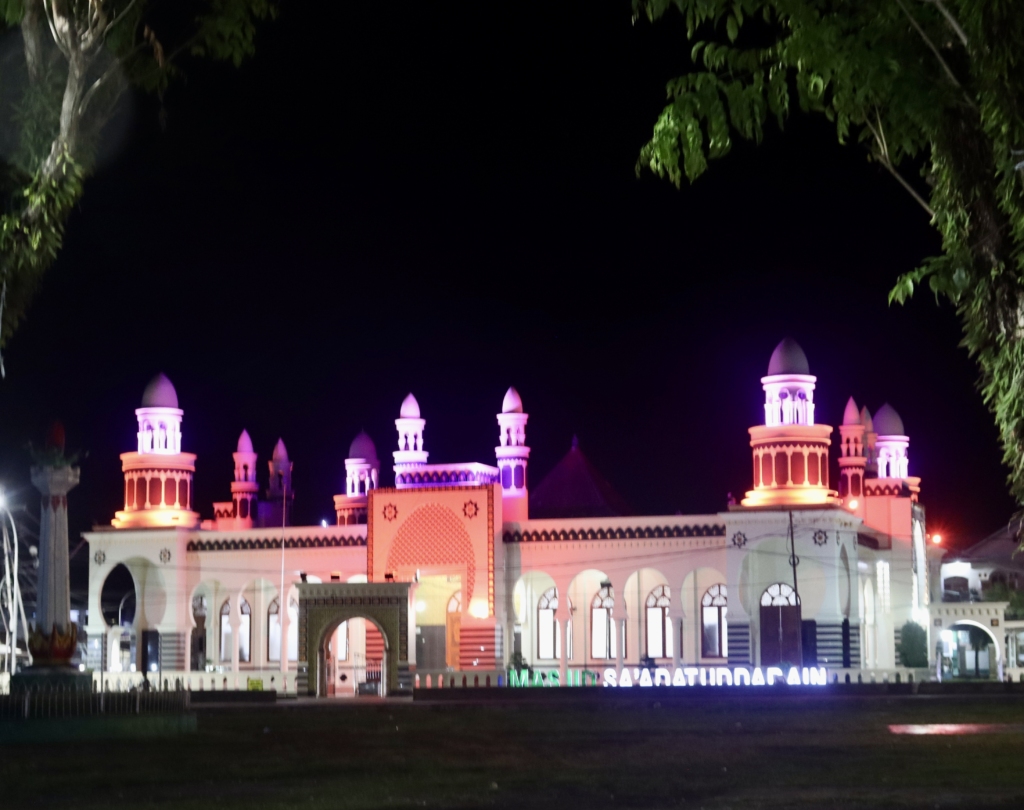
“That defeat led the people of Bawean Island to convert to Islam en masse, and it is said that Umar Mas’ud was the first to spread Islam on Bawean Island,” said the ustaz, who was born 59 years ago in Gresik. Umar Mas’ud then established an Islamic kingdom centered in Sangkapura. He’d ruled until he died in 1630 and was buried behind the current Sangkapura Grand Mosque. The descendants of Umar Mas’ud then continued to rule Bawean with the title Raden. “The second generation of his descendants was Raden Ahmad Ilyas continued the rule until the 11th descendant of Umar Mas’ud, Ali Mashar,” Ustaz Ending, who is the key keeper of the tomb of one of Umar Mas’ud’s descendants, explained.
The Name of Bawean
There are several versions regarding the origin of the name Bawean, each with different stories. The Negara Kertagama manuscript, written by Mpu Prapanca from the Majapahit Kingdom in the 14th century, mentions that the island’s name was Buwun. One account mentions that the Majapahit navy was stranded on the 5,379 square kilometer island. “Many of the place names on Bawean Island are influenced by Sanskrit, such as Sangkapura, Komalasa, Sukalela, or Murtalaya,” explained M. Salim. “There are no place names derived from the Madurese language.” In the 18th century, the Dutch colonial government referred to Bawean Island as Lobeg, Lobok, Bovian, and Baviaan.
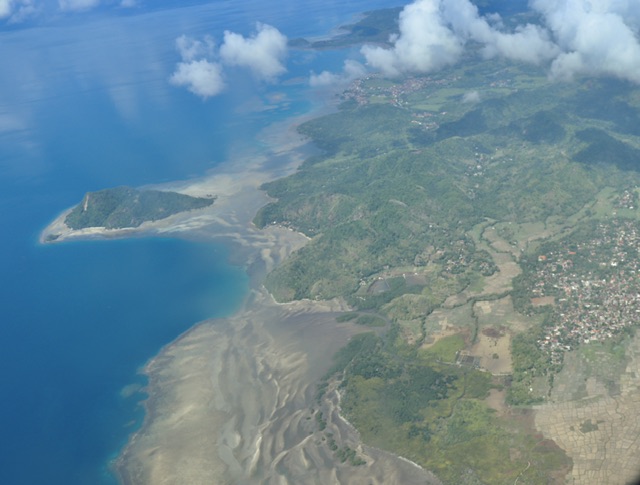
The Migrant Tribe
The population of the island, estimated to be around 83,400 people in 2023, does not identify themselves as Madurese, contrary to what most people unfamiliar with the island might think. “It is difficult to find an indigenous Bawean person. There are various ethnic groups on Bawean today,” said Ustaz Ending. As an island located to the north of Java, Bawean has historically been a stopover point for those sailing to Java. The sailors came from various regions in Indonesia, such as Borneo, Sumatra, and Sulawesi. Some continued their journey to Java, while others stayed, settled, and had children on Bawean Island. It is suspected that people from Madura began arriving on Bawean Island around the time Islam was introduced by Umar Mas’ud.
It’s not surprising that Bawean Island has a mix of ethnic groups from all over Indonesia, including the Bugis, Mandar, Palembang, Borneo, and Madura. “There are villages, dating back to the Dutch colonial era, inhabited by descendants of Palembang’s Kemas and Nyimas (titles),” explained Ustaz Ending. Kemas and Nyimas titles of Palembang indicate that they come from a kind of noble family. With this mixture of ethnic groups, the people of Bawean speak Bawean, a language similar to that spoken on Madura Island. Of course, they also speak Indonesian.
In addition, the Bawean people are known for their tradition of migration. The practice of migration among the people of Bawean has been known since the 18th century. Their migration reached as far as Vietnam, Thailand, Malaysia, and Singapore. For the people of Bawean, migration is a tradition and activity that carries a collective awareness, passed down from generation to generation, and has become part of their social life. As written by Sri Wiryanti Boedi Oetami and Mochamad Ali in the Jurnal Sastra dan Kearifan Lokal in 2022.
“Thohir (national hero Harun Thohir) was able to enter Singapore easily back then because (he) had relatives there,” said M. Salim, the Head of Diponggo Village. According to him, until the 1980s, it was still easy for Bawean people to enter Malaysia. There, they worked in building constructions as manual laborers. Now, many of these migrant workers have become Malaysian citizens and are known as the Boyan people.
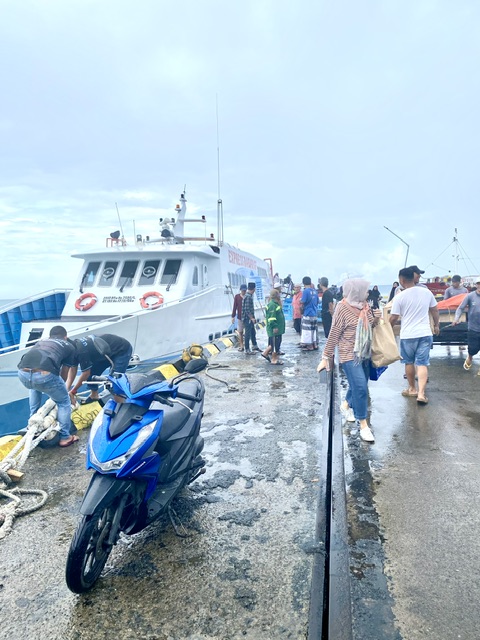
Bawean Mats
To see the Bawean Island’s craftsmanship, our guide, Iswanto, took us to the center of pandan mat weaving in Gunung Teguh Village, Sangkapura District. Bawean pandan mats were once a famous handicraft from Bawean Island. However, now, only Gunung Teguh Village still has pandan mat weavers, with only about 4 to 6 houses still involved in the craft.
The Process of Weaving Bawean Pandan Mats
We stopped by the house of Sumiyati, 60 years old, who has been weaving pandan mats since her youth. “The number of mat weavers has decreased,” said Sumiyati, who lives with her married daughter. “They are not interested in making mats,” she continued while weaving. Modernization has led young people to prefer spending their time doing other things, like creating content on social media. Additionally, the pandan plants themselves have started to decrease.
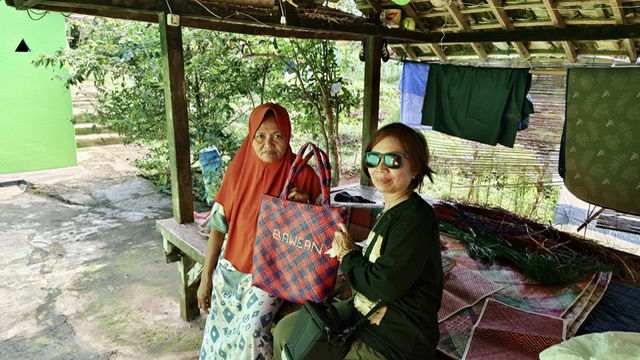
Sumiyati is one of the remaining weavers who strives to pass on her skills to her daughter. She handles everything, from gathering the pandan leaves to processing them by boiling, coloring, and drying the leaves, before they are ready to be woven. The uniqueness of Bawean pandan mats is not only in their flexibility but also the interesting color combinations. “We learned from our grandmothers,” Sumiyati said when asked how she combined the colors.
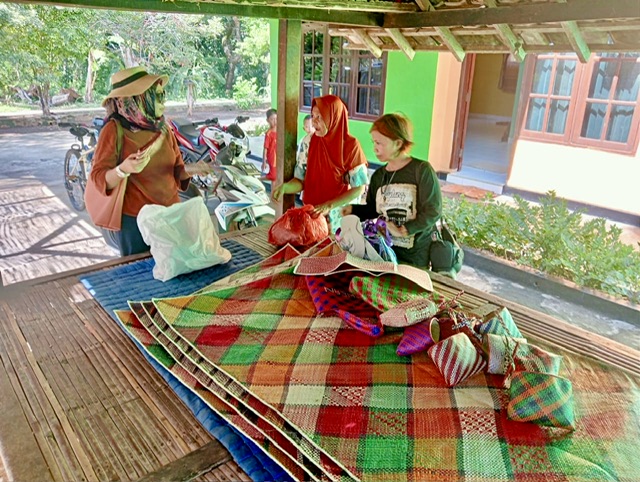
The woven crafts made from pandan leaves include mats, bags, wallets, and headbands, with prices varying depending on the level of difficulty in their making, ranging from Rp 50,000 to several hundred thousand for larger mats. Sumiyati is a bearer of local wisdom, passing on her knowledge and skills to ensure that Bawean mats do not become a thing of the past.
Video of Bawean migrants taken by Kacong Explorer
To be continued…
